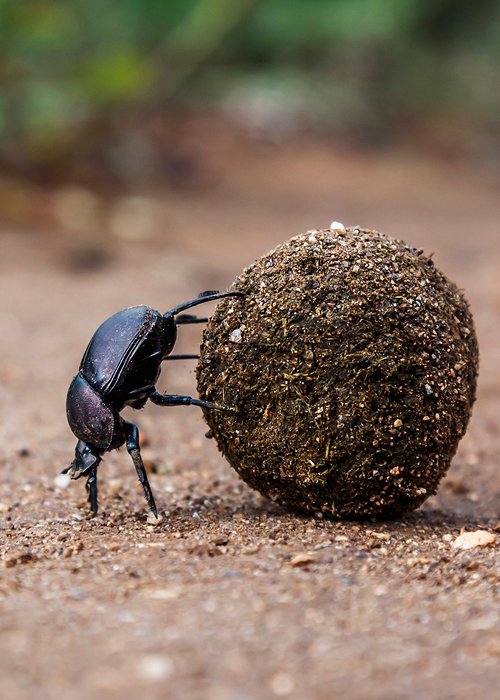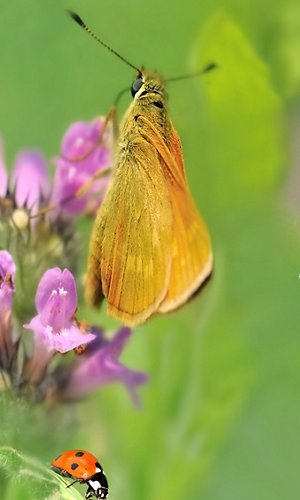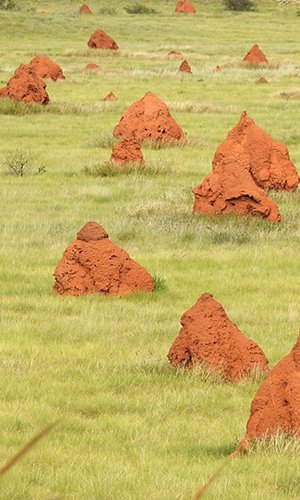Dung beetles have a very sophisticated sense of direction. As they roll their dung balls, these tiny insects use the light of the Milky Way to orient themselves and move in a straight line. Dung beetles do not rely on individual stars, but on the polarisation of light from the Milky Way. Polarised sunlight is reflected by gas and dust particles in space, creating a polarisation pattern that is perceptible to the compound eyes of beetles. Scientists have conducted ingenious experiments to demonstrate this behaviour. In some cases, they illuminated the insects with artificial polarised light, disorienting the beetles as they lost their direction. In other experiments, they created an artificial sky with misplaced stars, causing the beetles to roll their dung balls in circles instead of in a straight line. The ability of dung beetles to orient themselves using the stars is an extraordinary example of how animals exploit their environment to survive. This ability is crucial for these insects, as it allows them to find food and reproduce. These beetles lay their eggs in the dung ball, which serves as a food reserve for the larvae. These insects also play a very important role in 'cleaning' the environment because they bury large quantities of waste.




